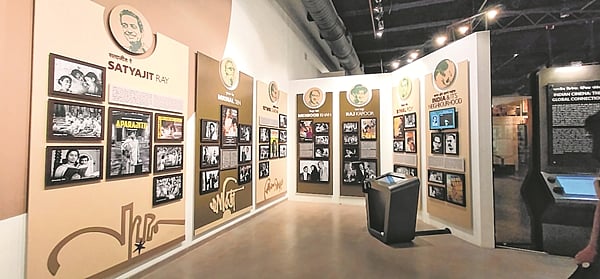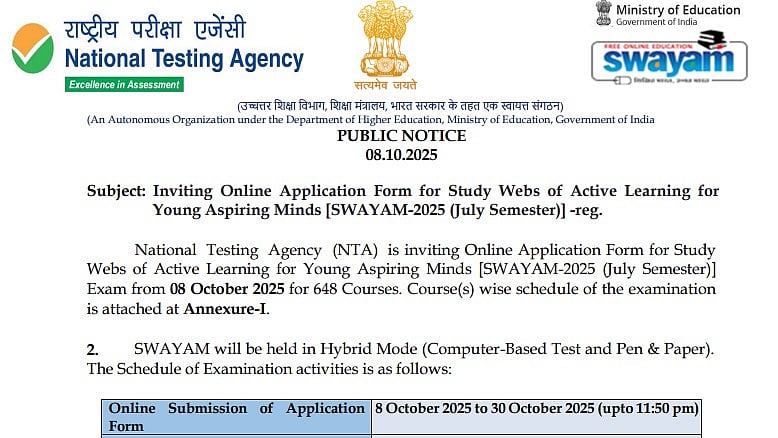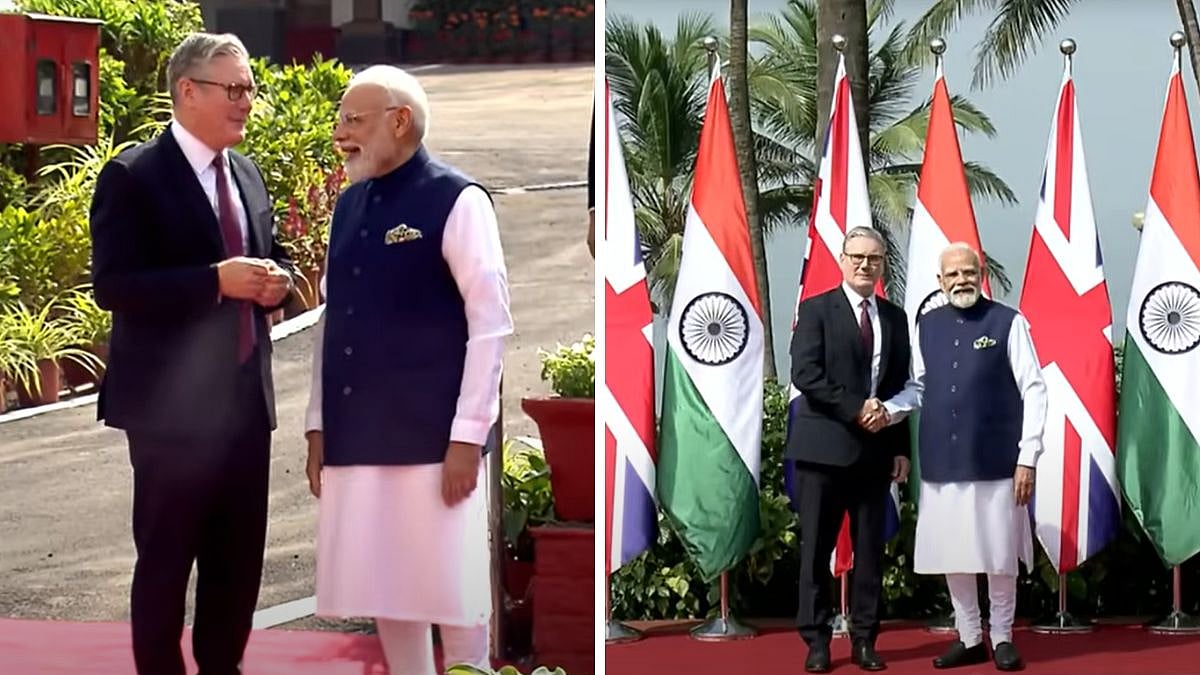Dadasaheb Phalke is the father of Indian Cinema, but men like HS Bhatvadekar, Hiralal Sen, JF Madan, Anadi Nath Bose, S Vincent and RV Naidu have also made significant contribution towards cinema in the country. Did you know?! This nugget was one of many interesting facts about Indian cinema that we discovered on our first visit to Films Division.
The National Museum of Indian Cinema (NMIC) is nestled in the serene premises of Films Division in South Mumbai. Hidden by the fancy skyscrapers all around, this is the first ever museum chronicling the history of Indian cinema — right from 1896 to current times.
Considerable information about the world’s largest filmmaking country is available across on digital platforms, and government and private-run archives. Yet, there’s a lot that’s not known about Indian cinema, and that’s what the National Museum of Indian Cinema, which was inaugurated by PM Narendra Modi in 2019, has to offer.
Spread across two structures — a Victorian bungalow, Gulshan Mahal, and the modern 5-storey New Museum building — both structures beautifully depict the long journey of cinema in this country.
Back in the heydays of Films Division, the opulent bungalow hosted many musical soirees and cultural gatherings for film luminaries. Today, Gulshan Mahal houses nine exhibitions - Origin of Cinema, Cinema comes to India, Indian Silent Film, Advent of Sound, The Sound Era, The Impact of World War II, Creative Resonance, New Wave and Beyond and Regional Cinema.

New Building of the Museum |

Exhibit of a scene of Dadasaheb Phalke's Raja Harishchandra and the film playing in the background |

Charlie Chaplin and Mahatma Gandhi |

The world famous pose of Raj Kapoor from Awara |

Gulshan Mahal |

Origins of Cinema exhibit |
The Neo-Gothic styled architecture takes you on a nostalgic journey of Indian cinema across centuries. Sounds of old clips and songs from Alam Ara and others break the silence of this serene precinct, visuals of the first Indian feature film, Raja Harishchandra and vintage equipment like praxinoscopes, zoetropes brighten the expansive halls, original posters of ancient films and graphics adorn the tall walls and documents related to marketing and publicity and interactive multimedia give a fantastic insight into the yesteryears of Indian filmmaking.
Move to the New Museum building, which as expected moves towards the more contemporary times of Indian cinema. It has four exhibitions across four floors. The first exhibition is Gandhi & Cinema, which draws parallels and brings out an enigmatic relationship between the Father of the Nation and Indian cinema.
Mahatma Gandhi’s life journey coincided with the history of Indian cinema, yet he had only watched one film, Ram Rajya, in his entire life. Despite this Gandhiji’s philosophy and life has inspired filmmakers across the world and over the years, which is chronicled in this exhibition.
On the second floor is Children’s Film Studio, an activity area especially designed for young visitors to explore the behind the scenes of filmmaking. There are interactive sections — like a Chroma studio, Special Effects zone, Stop-Motion Animation studio, Virtual makeover studio, sound effect and mixing studio, photo shoot studio for kids to get a brief glimpse of modern-day filmmaking.
Technology, Creativity and Indian Cinema exhibition on the third floor captures the complex components of filmmaking — from scripting to shooting to selling.
From cameras to lighting equipment, shooting trolleys to animation processes, editing tables to film printing machines, music mixing to marketing material over the centuries, details the science and art of filmmaking.
The last exhibit on level four is Cinema Across India, which showcases the rich diversity and depth of Indian Cinema. Here you get to witness movies produced across regions and features great films, artists and filmmakers across languages and centuries.
One even discovers that short films, documentaries and animations have been a part of the rich history of Indian cinema, just like this museum many are just not aware of it.
What’s more, you can even enjoy glimpses of some really ancient works of Dadasaheb Phalke like the ‘Shree Krishna Janma’ and ‘Kaliya-Mardan’ in a tent section, specially created to give the feel of travelling cinemas, which were the traditional form of exhibiting films before the advent of cinema halls.
The museum is conceptualized, designed and developed by the National Council of Science Museums. Entry tickets are priced at a measly Rs.20 for Indians, free for kids and students, and Rs.500 for foreigners; it is open from 11 am to 6 pm through Tuesday to Sunday.
So, all those who want to experience the magic and magnificence of Indian movies, head straight to National Museum of Indian Cinema. It’s a great step towards preserving and archiving an important and critical aspect of Indian culture.




